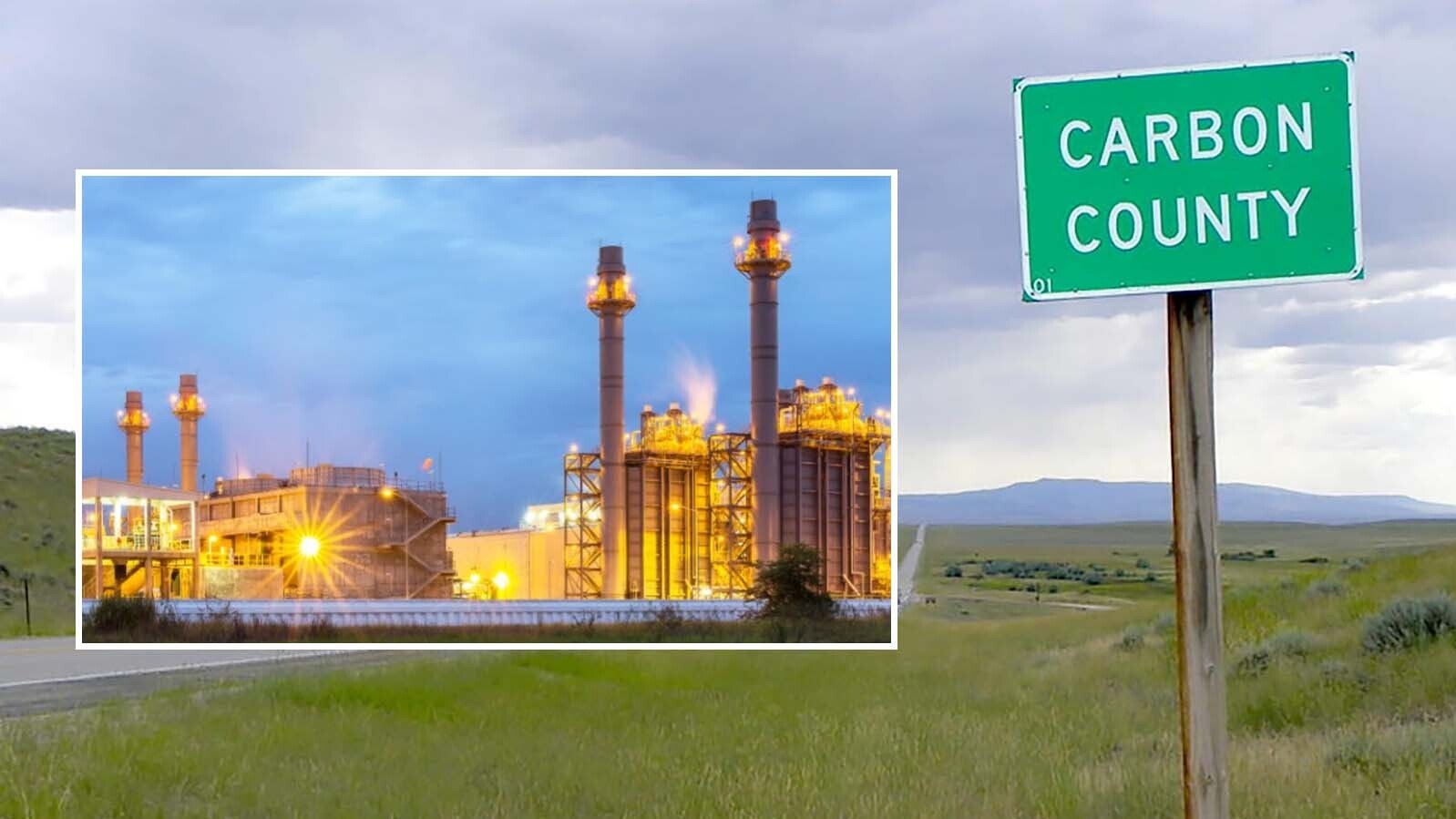Wyoming is partnering with a nuclear energy technology company to look at the possibility of using small-scale nuclear reactors to provide industrial energy. The technology could provide a lot of low-cost, carbon dioxide-free energy to power Wyoming’s industries, such as its trona mines.
Jon Conrad, a state representative and manager of environmental and government affairs for Tata Soda Ash Partners, told Cowboy State Daily the potential is there to lower the carbon emissions of Wyoming’s trona industries — and possibly bring down energy costs.
“It’s an attractive opportunity,” Conrad said.
What People Want
If it works, the technology would solve a huge problem with lowering carbon dioxide emissions. When most people think of energy, they think electricity, but that’s only about 20% of the total energy consumed globally. The bulk of our energy consumption is transportation and industrial heating.
Most industrial heating is provided directly from burning fossil fuels because it’s more efficient than using electricity to create heat. While wind, solar and hydroelectric provide carbon-free energy, they only provide only electricity.
Virginia-based BWXT Advanced Technologies is developing micronuclear reactors to produce heat energy and electricity.
“The byproduct of nuclear fission is heat, and heat is what people want,” Erik Nygaard, director of product development for BWXT, told Cowboy State Daily.
When that heat energy is converted into steam and used to power generators, these proposed reactors produce about 50 megawatts of electricity.
For comparison, the Dave Johnston coal-fired power plant near Glenrock produces up to 800 megawatts of electricity. All four units of the Vogtle Electric Generating Plant, which is a conventional nuclear facility in Georgia, produce up to 2,300 megawatts.
All Of The Above
The Wyoming Legislature in 2022 and 2023 appropriated a total of $150 million to the Office of the Governor to provide matching funds for energy research projects.
BWXT was recommended to receive $10 million, which the company will match with another $10 million.
The money covers two projects that will assess the viability of deploying microreactors in Wyoming and investigate how its reactors could integrate into Wyoming’s future power needs.
The ultimate goal of these planning projects is to build a demonstration project, and it could lead to a fleet of these small reactors that can be deployed across Wyoming.
Rob Creager, executive director of the Wyoming Energy Authority, told Cowboy State Daily the company is also working with L&H Industrial in Gillette for the possibility of having the Wyoming company manufacture components for BWXT’s microreactors.
Wyoming has a lot of resources that could feed a microreactor industry in the state, he said.
“We have the uranium resources, and we’re in an ‘all-of-the-above’ energy state. So it makes sense to help produce as much energy as we can, especially when you look at the industrial users and their needs,” Creager said.
Up And Running
One of their primary needs is to lower costs to be competitive, and nuclear has the potential to do that.
Nygaard said that reactors can be built close to the site that needs the power. So, unlike wind and solar that require miles of transmission lines to connect farms spread out over a large area, the reactor wouldn’t need as much infrastructure.
It’s also easy to swap out carbon sources of heat for a system utilizing heat from a microreactor, he said.
“And then they’re off and running,” Nygaard said.
Competitive
This would not only mean reducing carbon dioxide emissions from industry, it would potentially lower costs.
Wyoming has the largest deposit of trona in the world, and the state’s mines supply about 90% of America’s demand. China is among the biggest competitors to Wyoming’s trona industry, and lowering the cost of production would increase the industry’s competitiveness.
“They're competing big time with China on trona, and they want to be as competitive as possible,” Creager said. “So that means lowering their costs, which this will hopefully do on the energy front.”





